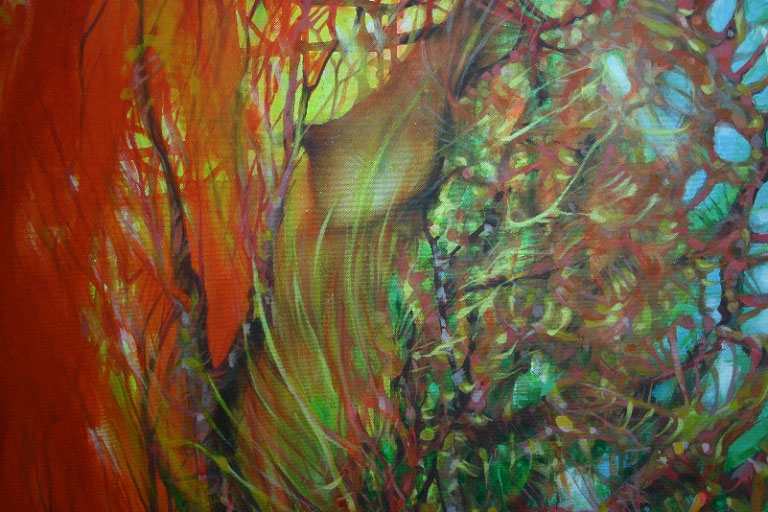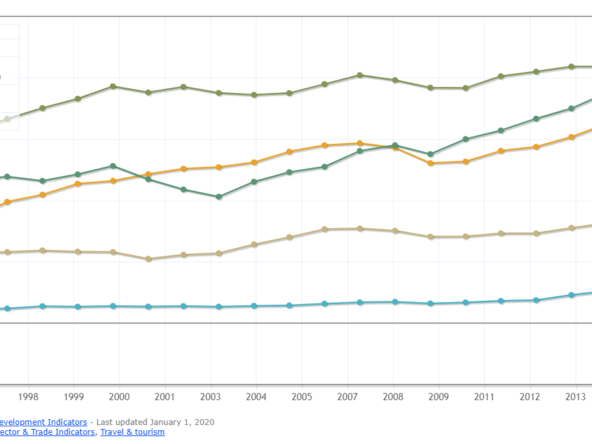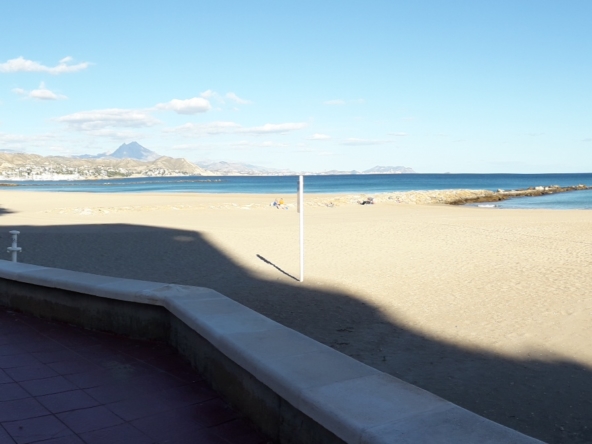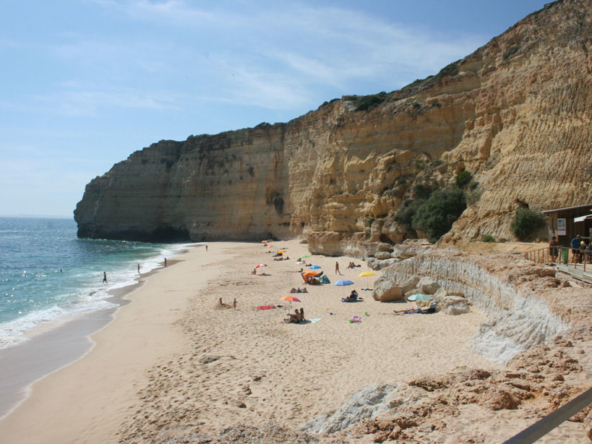Art in Algarve Emulates Multicultural Community
It’s not quite Miami, or the melting pot that is São Paulo, or Paris with its quartiers, or even London with its myriad Tube stops, many of which represent gateways to miniature international communities. But art in Algarve has its own ‘identity’ influenced by the vast range of nationalities represented in such a small area: Portuguese, German, British, Dutch, American, Canadian, Norwegian, Swedish…the list goes on.
In a regulated world, one where individuality is a treasured human trait and where public expressions of personal taste are increasingly uncommon, art continues to stand out as a medium for expression that crosses the cultural divide. Few places are more symbolic of the Algarve’s thriving multinational community than Arte Algarve, the unique space nurtured into the country’s largest privately-owned gallery by its founder Rolf Osang.
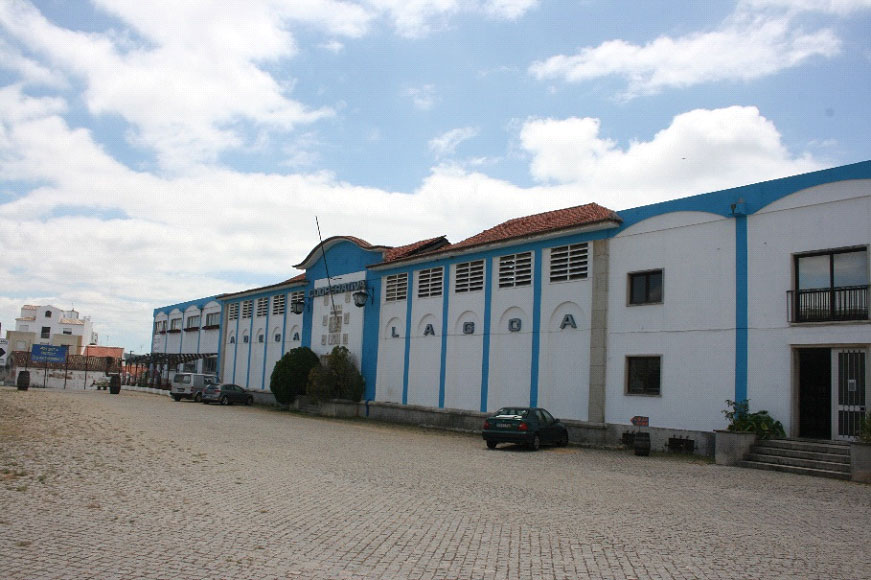
Arte Algarve (art in Algarve) is being developed into a multi-functional space, including a permanent home for art auctions (the first of which planned for July 19th 2014, where more than 170 works will be on sale), and will in the future include a shop for local arts and crafts and an area serving drinks and light snacks. It already houses a permanent Algarve art section, a rotating monthly exhibition and a cross-section of artists in its main gallery.
Artistic multiculturalism is evident in the works that grace the amazing space of the Arte Algarve (art in Algarve) building.
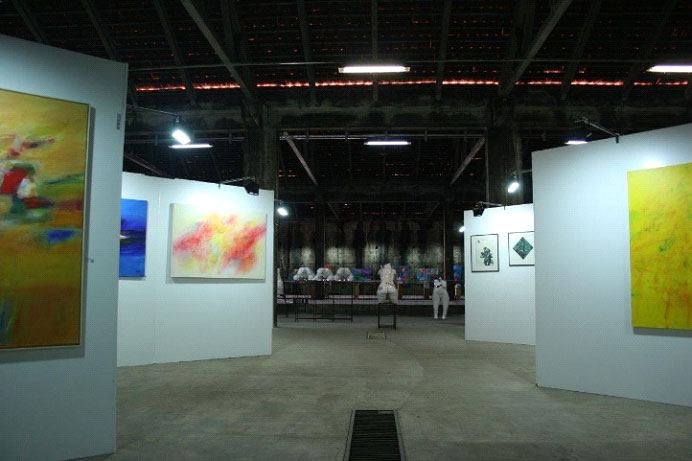
Immediately evident is a blend of an original, almost ethnic, vein, as expatriate artists remain true to their roots, yet create unexpected contrasts with moments of inspiration brought on, one would imagine, by the omnipresent light.
From humble beginnings at a local arts market, Rolf Osang understood that the combination of the region’s beauty, its demographics and the “extraordinary quality of its light”, represented an opportunity to incubate the region’s artistic talent.
Art in Algarve is ‘mature’ art, not only because many of its protagonists are seniors, but because the genre, themes, even the materials chosen are a reflection of a process of experimentation and maturation which sees each artist find the combination that is a perfect match to their taste, style and personality.
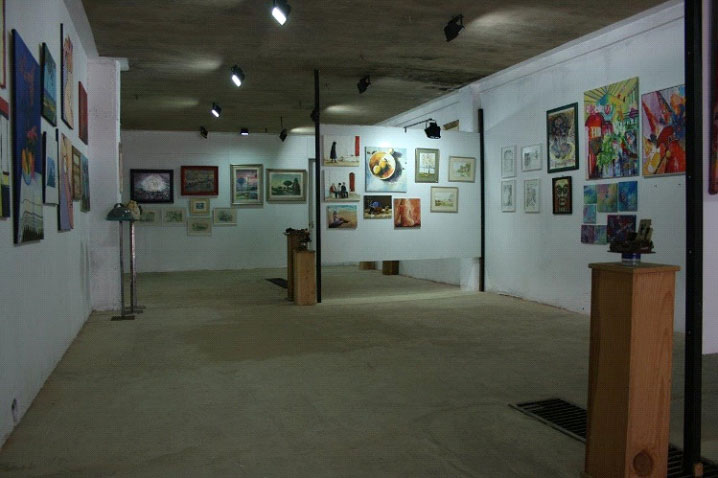
This recurring light motif (sic), present in so many of the works, where artists dare to be bold with colours and strokes, mirrors the physical structure itself, where the badly aligned roof tiles let in scintillating shafts of light while keeping the infrequent rain waters at bay. The combination of natural and artificial, direct and indirect lighting, sets the ambience which renders the massive space surprisingly intimate. The space itself is free of preconceptions and lends itself to the art connoisseur or the person with a love for beauty.
The variety of the work on display, which represents 70 artists in the main gallery alone and rotates every four months, means that a visitor can spend as little or as much time with each artist, choosing to simply gloss over those which are less to their liking. The way in which the gallery is organised, reminiscent of a traditional market where works by each artists are ‘clustered’ (without doubt influenced by Rolf Osang’s early experiences in the region), allows art lovers to find common themes, soothes the transitions between artists, and aids comparisons.
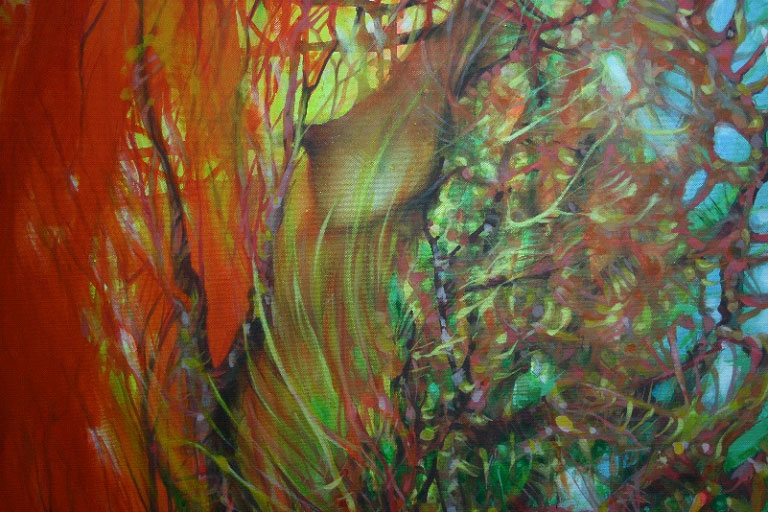
I reluctantly exited the main gallery, feeling guilty that I had not dedicated enough time or attention to any of the artists. I carried this feeling with me until I exited the building itself and looked back. There, I observed the unremarkable structure, a seemingly abandoned winery that had seen better days. My eyes could no longer see the drab outside that daily passers-by on the EN125 road observe, but instead the wonderfully reincarnated interior whose soul was an improved version of a former self. How interesting, I mused, that the senior artists whose works were brought to public attention in this once discarded space, had repaid the old dame with a new lease of life.

